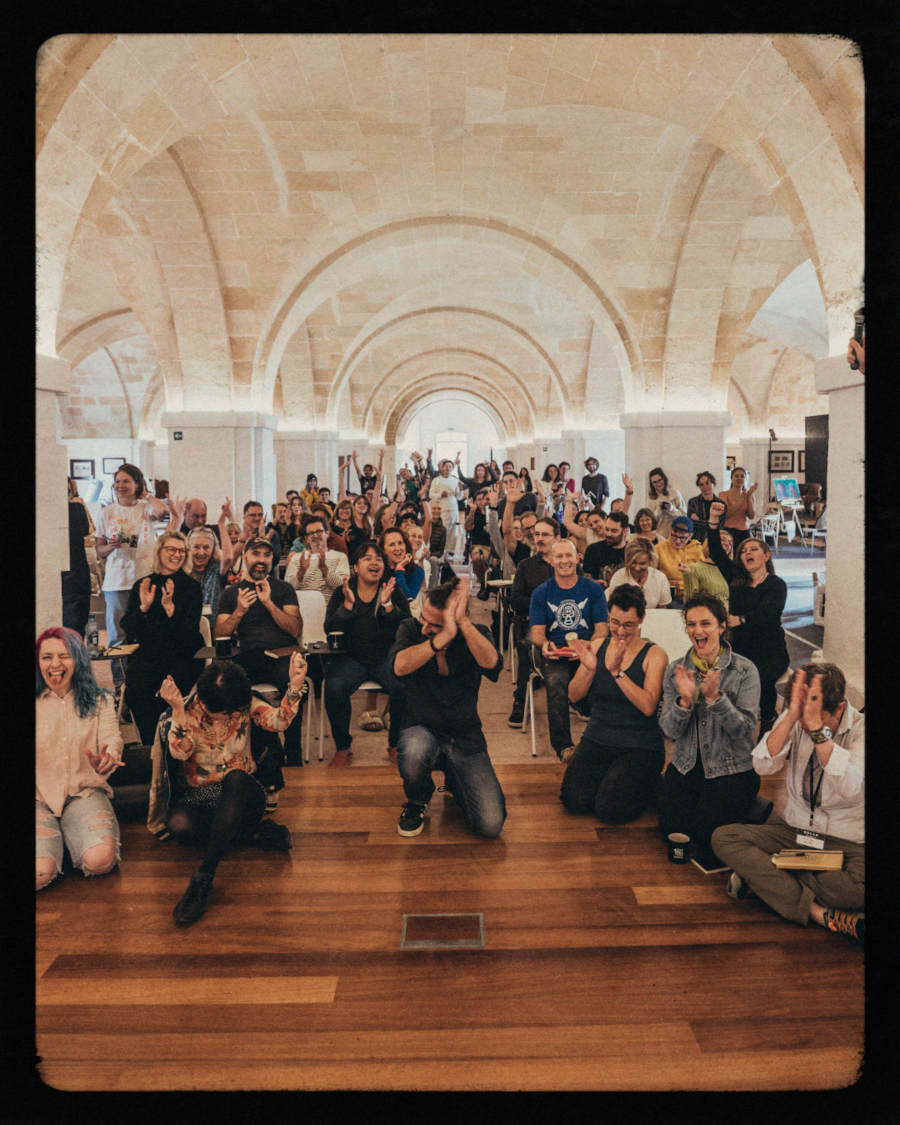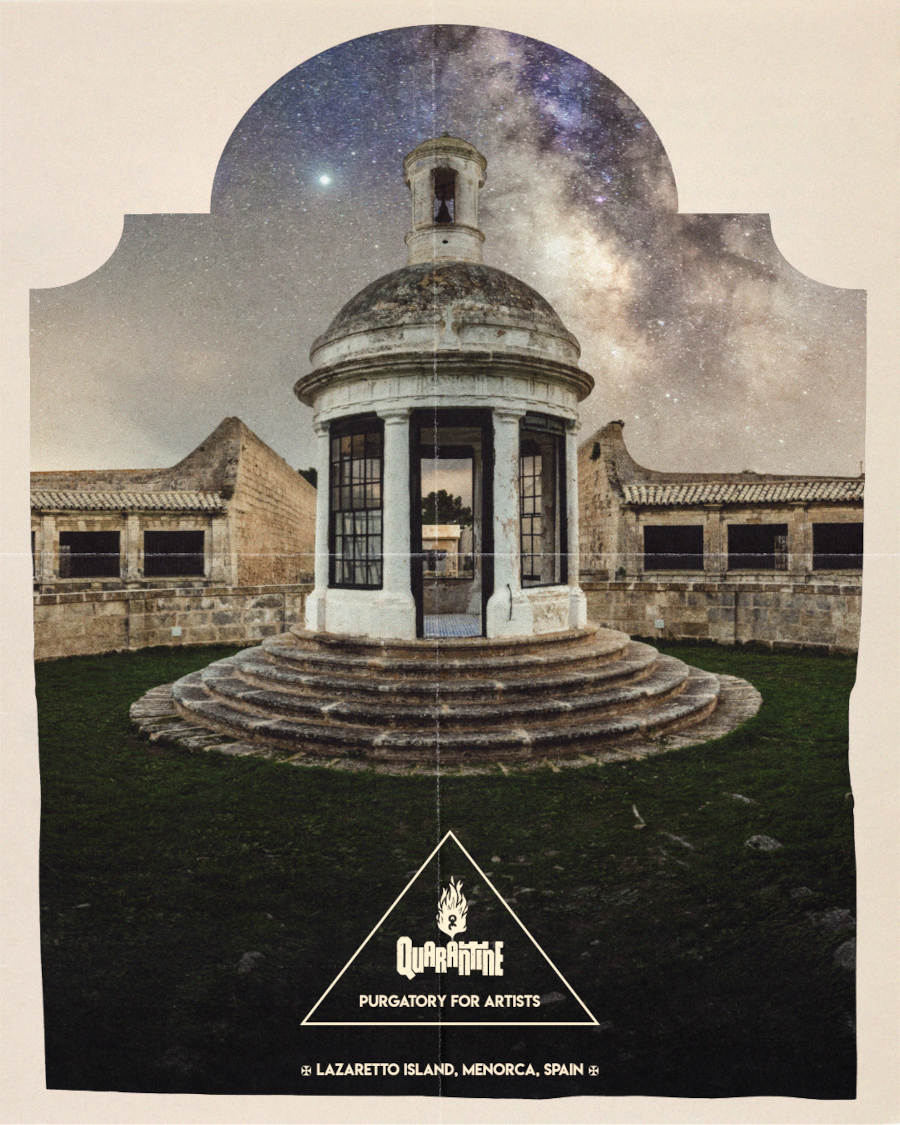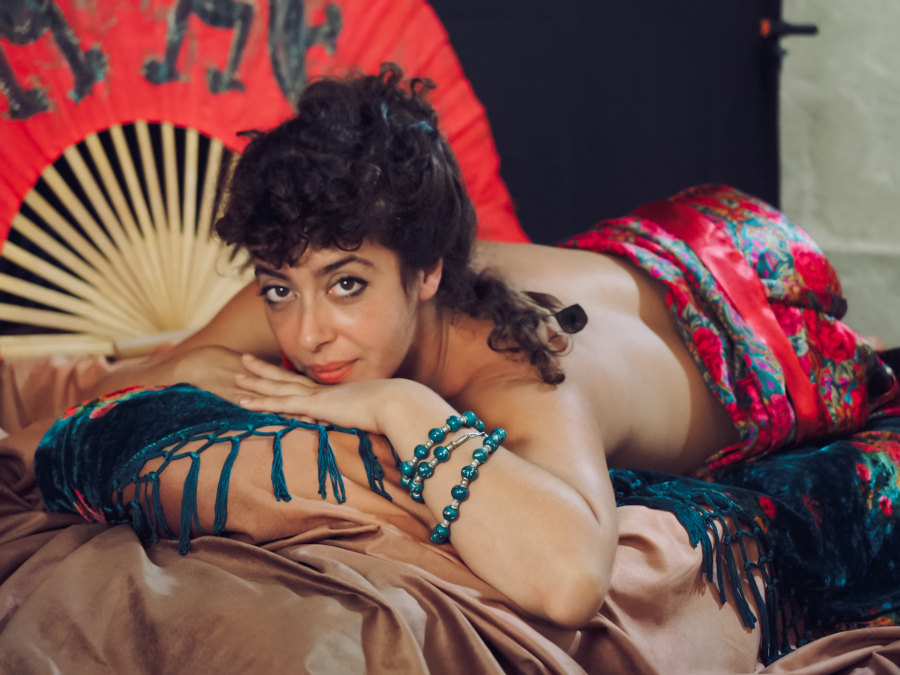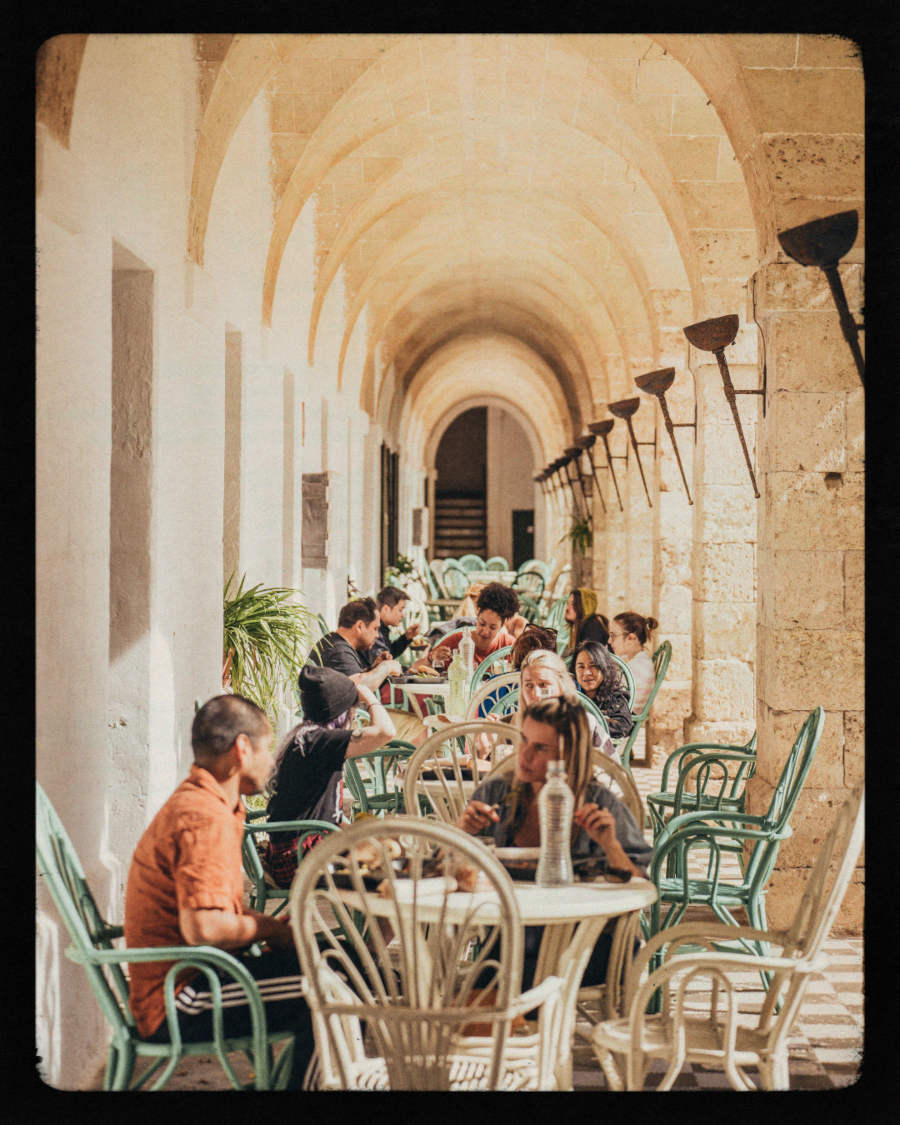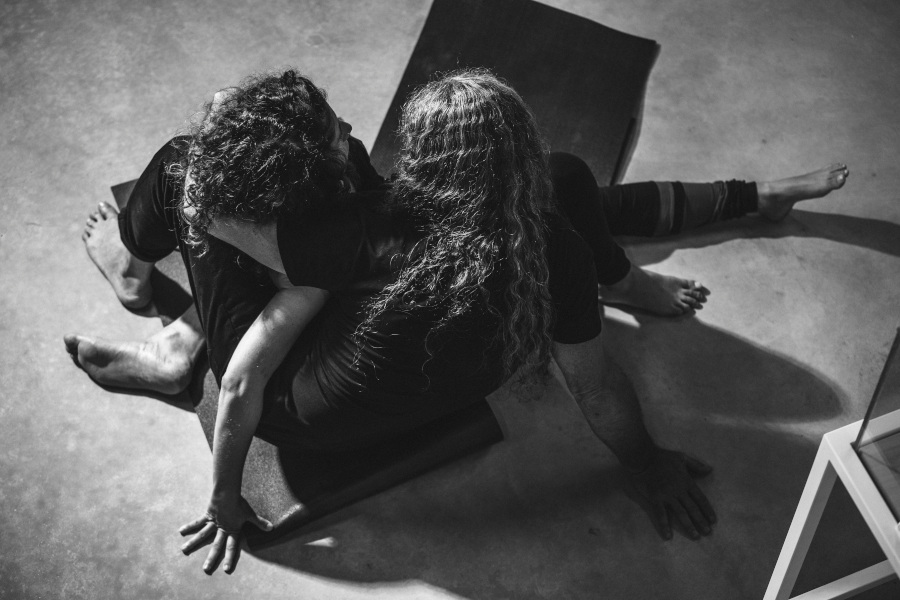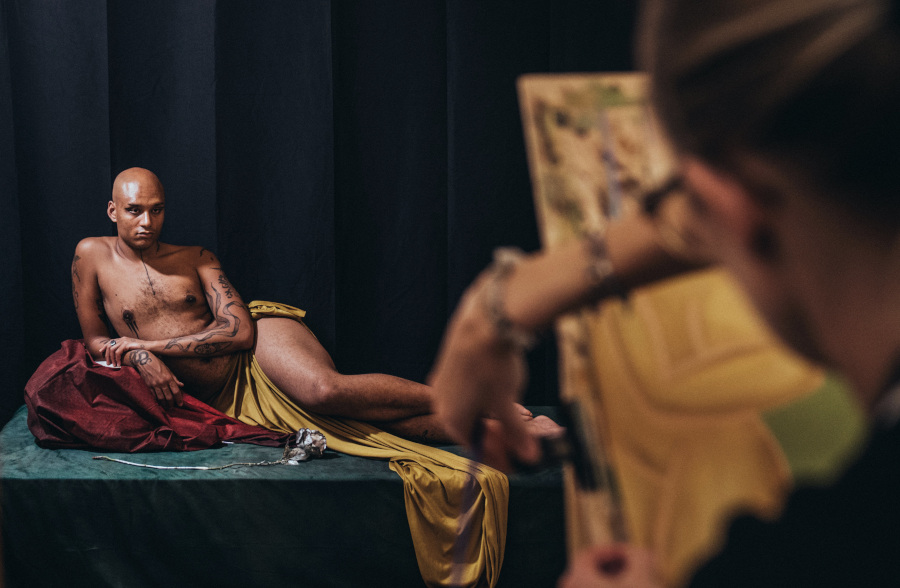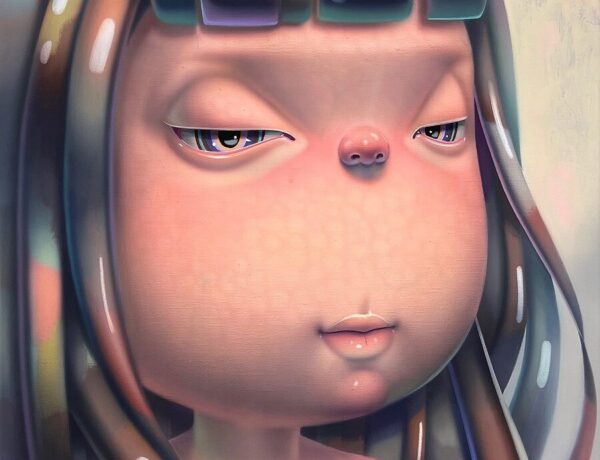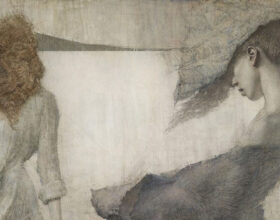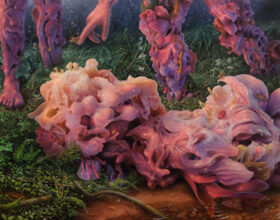The role of the life model has been an integral component throughout western history allowing artists to bring true realism to life within their 2D and 3D fine art works. They are often seen as a conduit through which narratives and different contexts can be explored. Popularised in the 17th and 18th centuries by some of the fine art academies of the time, life models – sometimes referred to as art models – continue even now to be a muse, a tool, and an artist within their own right. Out of these three descriptions, however, the life model can be viewed too often as a reference tool alone. It’s not uncommon at a life drawing class for a brief introduction to the model, then a pose is taken, and drawing begins. New pose, new sketches, new pose, new sketches. And so the cycle continues until the session ends. But at Quarantine, they wanted to shake things up (no big surprise). And it worked.
In fact, Quarantine’s entire approach to developing creativity has led to numerous models and artists alike having their mind’s blown – and wanting to come back.
I’ve written plenty about Quarantine’s events in previous blogs, so you should be aware of their experimental and holistic approach to supporting and growing artists. One thing which kept cropping up is the way every person involved, in whatever facet, gains something positive from Quarantine Events. “I think our models come back for the same reasons some participants come back,” muses Darren Green, co-founder of Quarantine Events. “[This] is the same reason many mentors come back, which is even though they think that the event is created and going to be effective for the paying participants alone, I think everyone involved ends up having something of a cathartic experience. That even includes the caterer!”
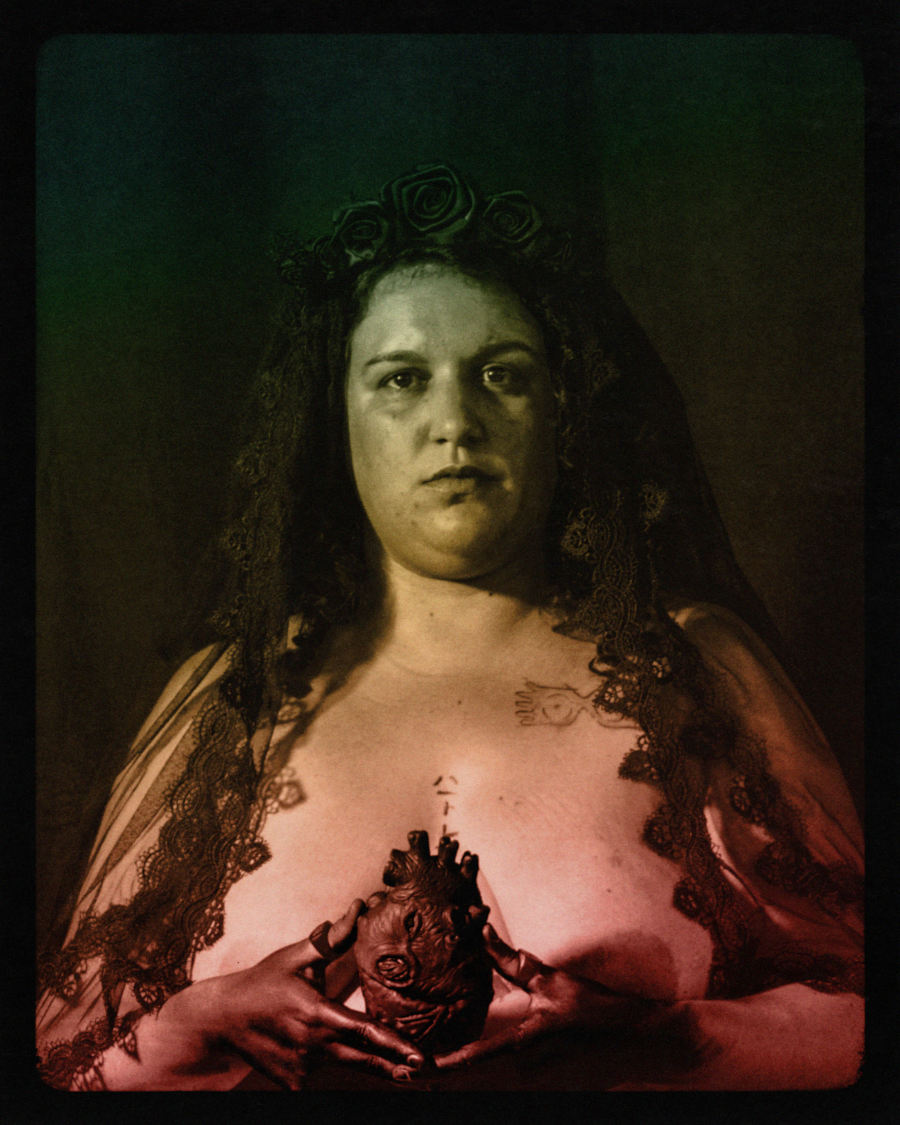
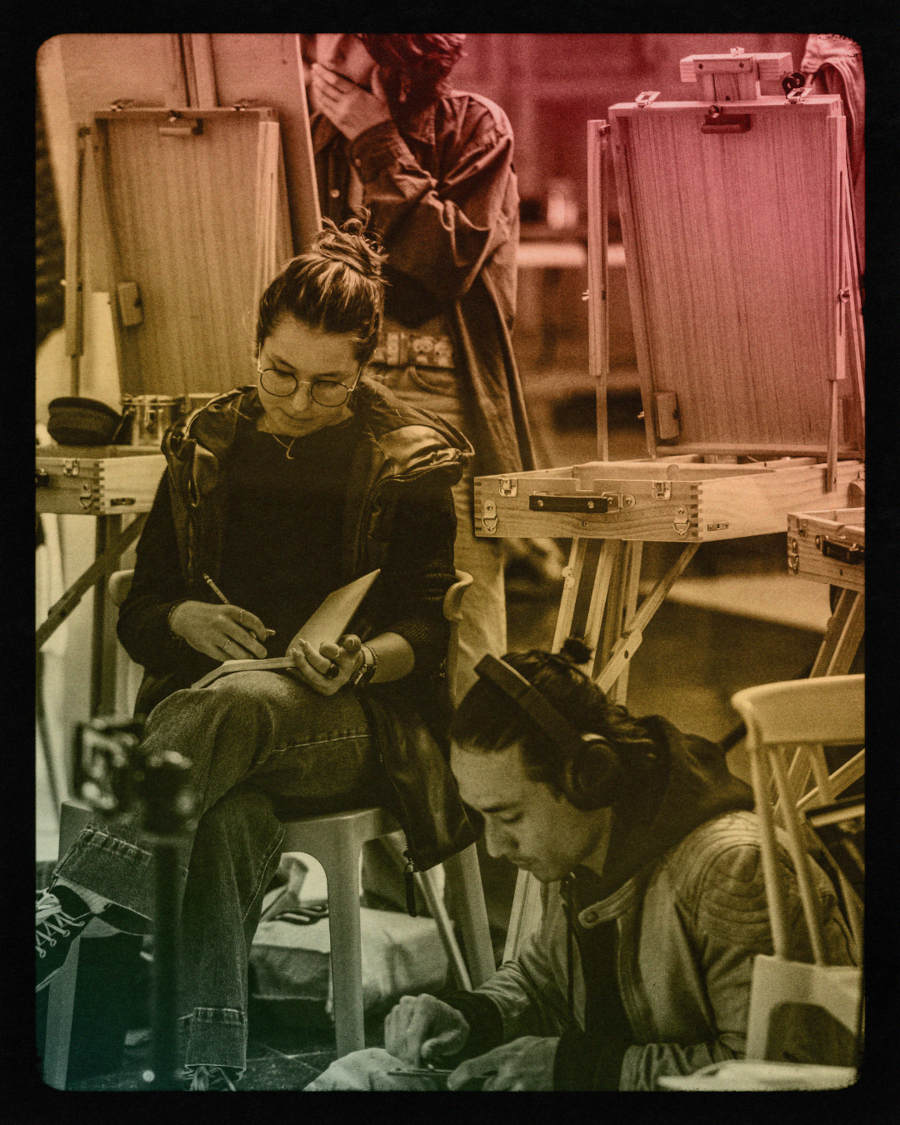
A space for artistic growth
Life model Sora Fernández agrees. Having already modelled at two Quarantine events, she’s eagerly awaiting the upcoming The Art Spirit in April 2025. “I wanted to come back mostly because the team are all badass professionals (teachers, mentors, the whole organisation, the models…) and as life models, we feel respected. We’re made to feel that our work is valid and [Quarantine] values us as professionals and artists. Quarantine is a place where not only the participants can be creative, the models are allowed to do as much as they want for their poses and that’s a big plus for me, because they consider us to also be artists. And it’s needed! Here, you need to be creative full-time to inspire the participants as much as possible, to bring them ideas for their creativity and to challenge their skills.”
Art model Hannah Jay has similar affections. She too is looking forward to her third upcoming Quarantine Event. “For me, art modelling is mostly about the human exchange, the social aspect. Beyond baring all for perfect strangers, it demands an emotional vulnerability and sharing of energy that I haven’t found in other professions I have had previously. I remember stumbling upon [Quarantine], shrouded in mystery, and in all honesty, I did not know what to think as there was very little information. The element that drew me in most strongly was the idea of being amongst such a large quantity of artists and so actually going into the event, I tried to refrain from having expectations.”
Despite that, leaving the event, all expectations were exceeded. In the variety of people you meet there, from all backgrounds, ages, walks of life and countries, it makes for really deep and meaningful connections that surpass small talk. The place where it all happens [Lazaretto Island] means you can really delve into the intimate aspects of getting to know people and their art.
Hannah Jay
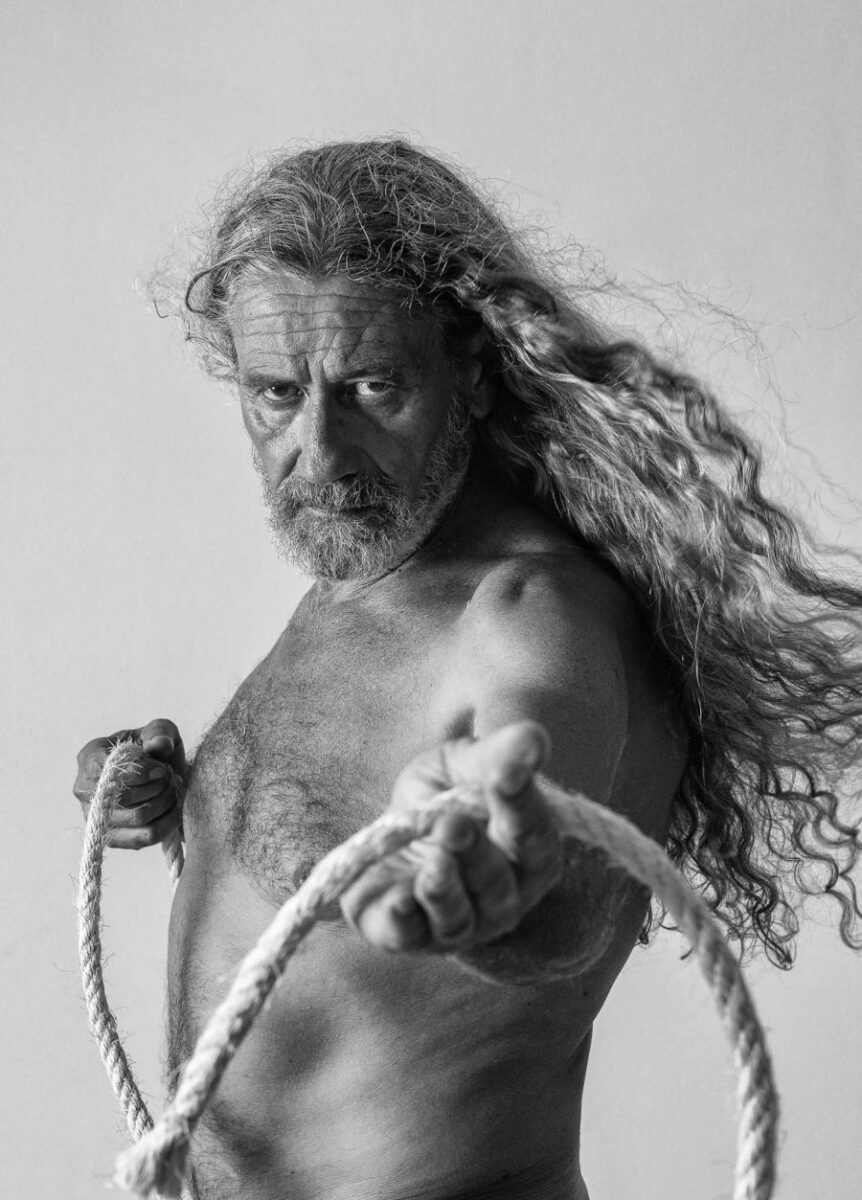
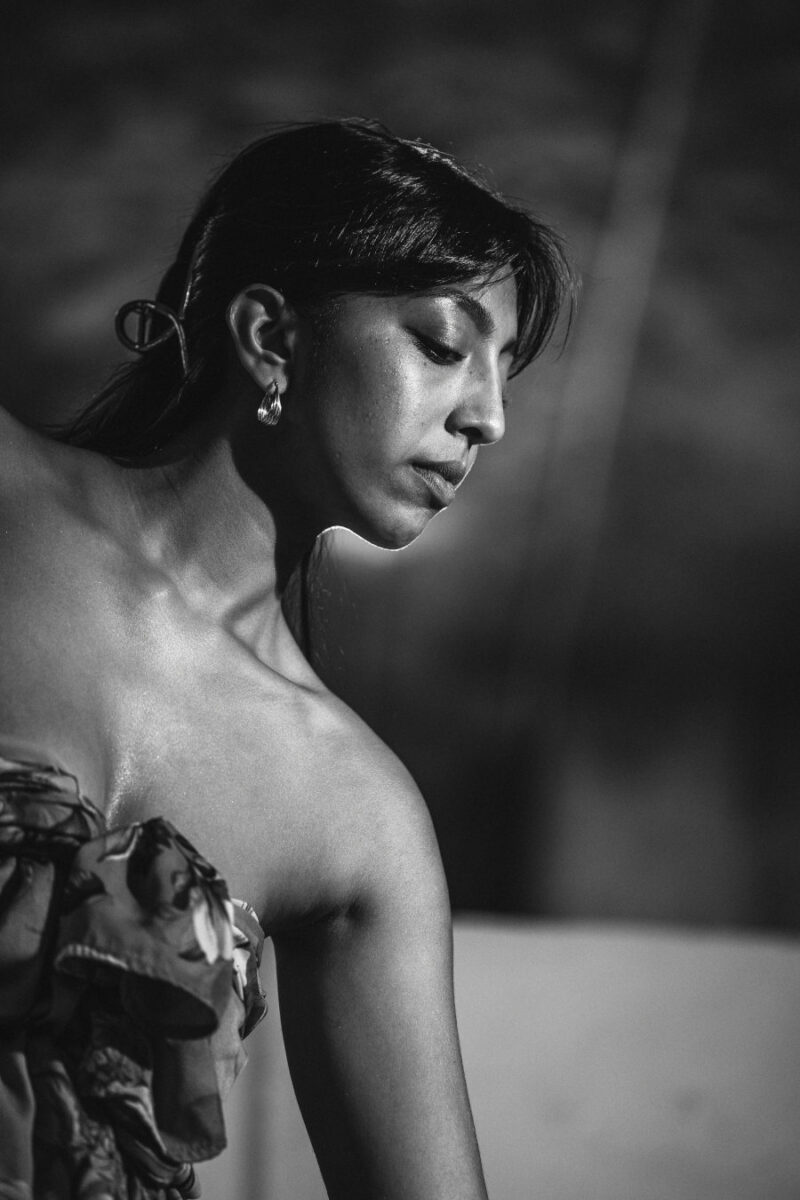
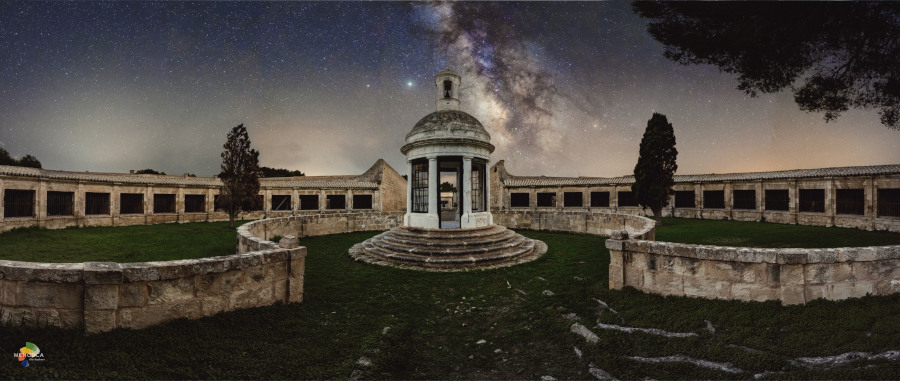
“What made the decision about returning so easy for me was the fact that I had been given so much space to just do what I do, meaning I was really at my peak. We received little direction over the course of the week as the Quaran-team (that is what we affectionately call them) were really encouraging about us bringing our own creativity and ideas to the table; being given that kind of space and such a stage to do it on is priceless.”
A dynamic partnership
The way that Quarantine utilises live models examples what the company is all about. Their events are more than just a business transaction, an exchange of money-for-knowledge. Rather, their programmes aim to build a safe space in which to genuinely raise everybody up, from the participants themselves to the models and mentors involved. Everyone learns from each other and can grow together in their own unique ways.
“We really don’t treat them like tools or just references.” Affirms Darren. “We really involve them in the day. They’re dynamically involved in the design of the art challenges for the practical tasks that the participants go through daily. Ultimately, we don’t demand things from them. We ask things from them if they’re comfortable, if they’re willing, and we make it very clear to the participants that they need to respect the models. We treat models with the same respect as we treat a mentor or anyone else. And I don’t think it’s very common. But it’s not hard to do.”
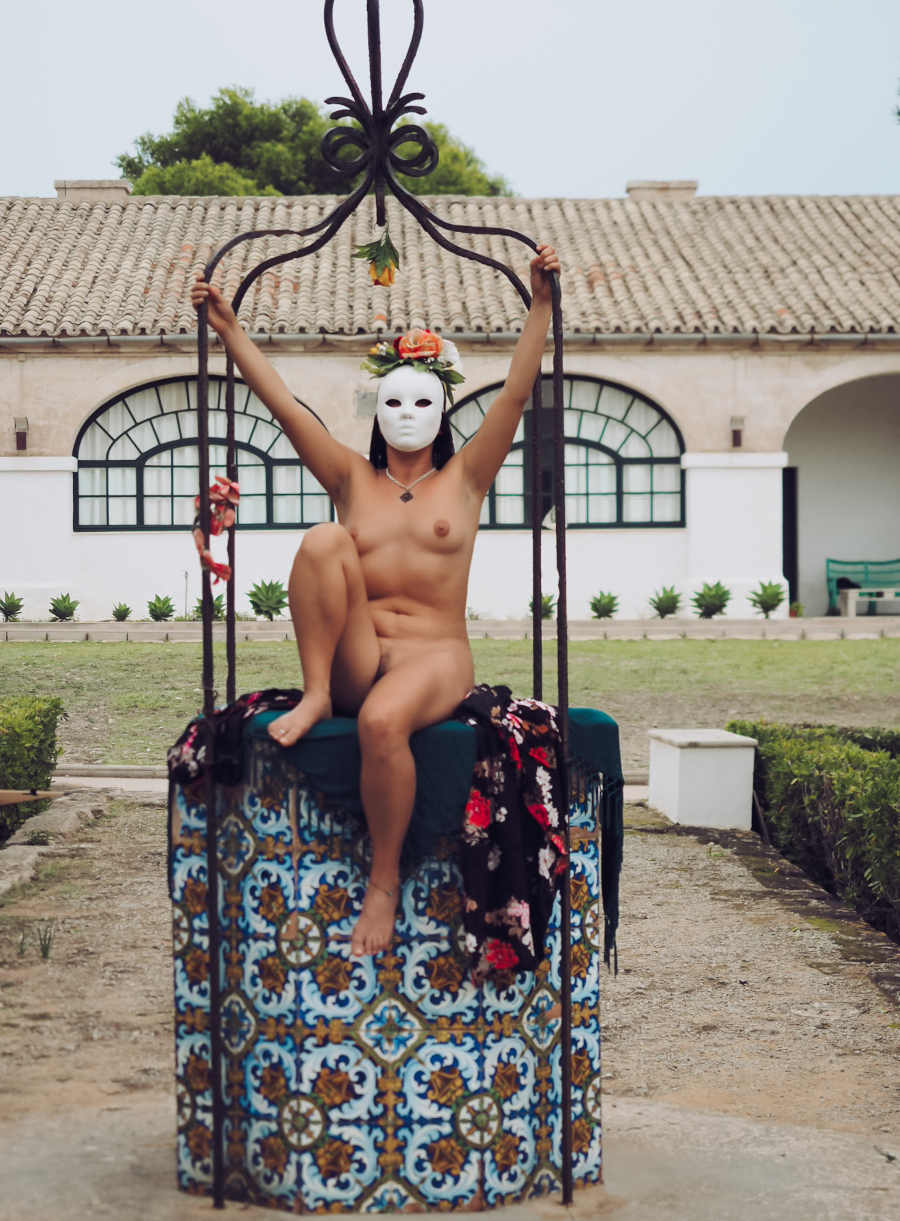
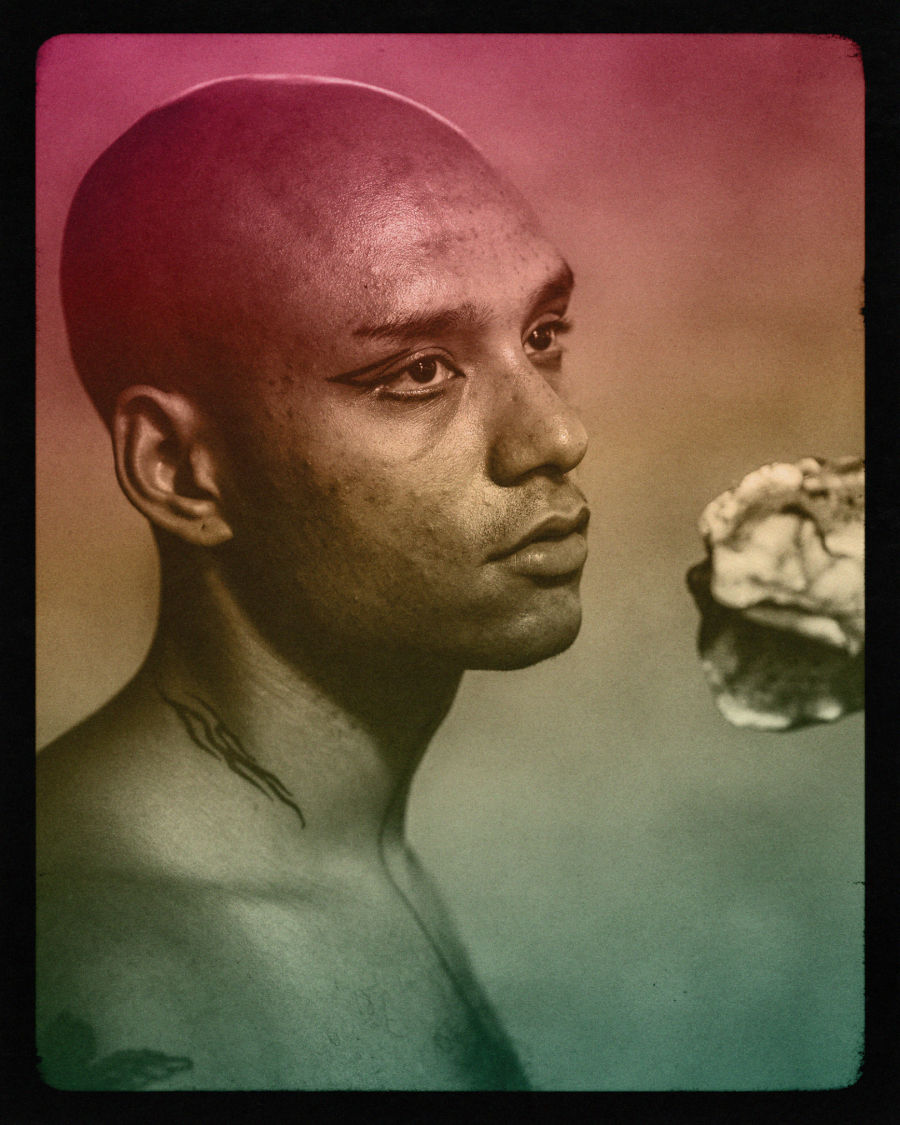
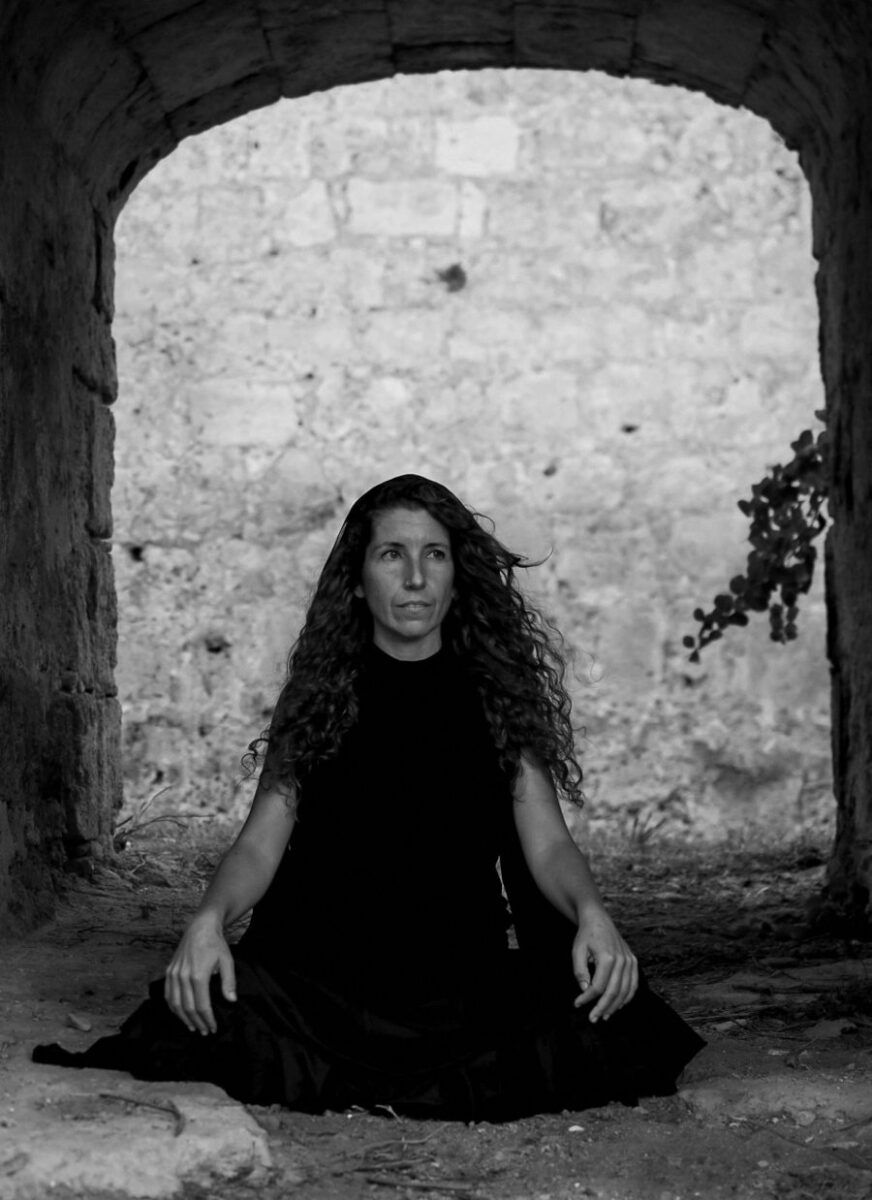
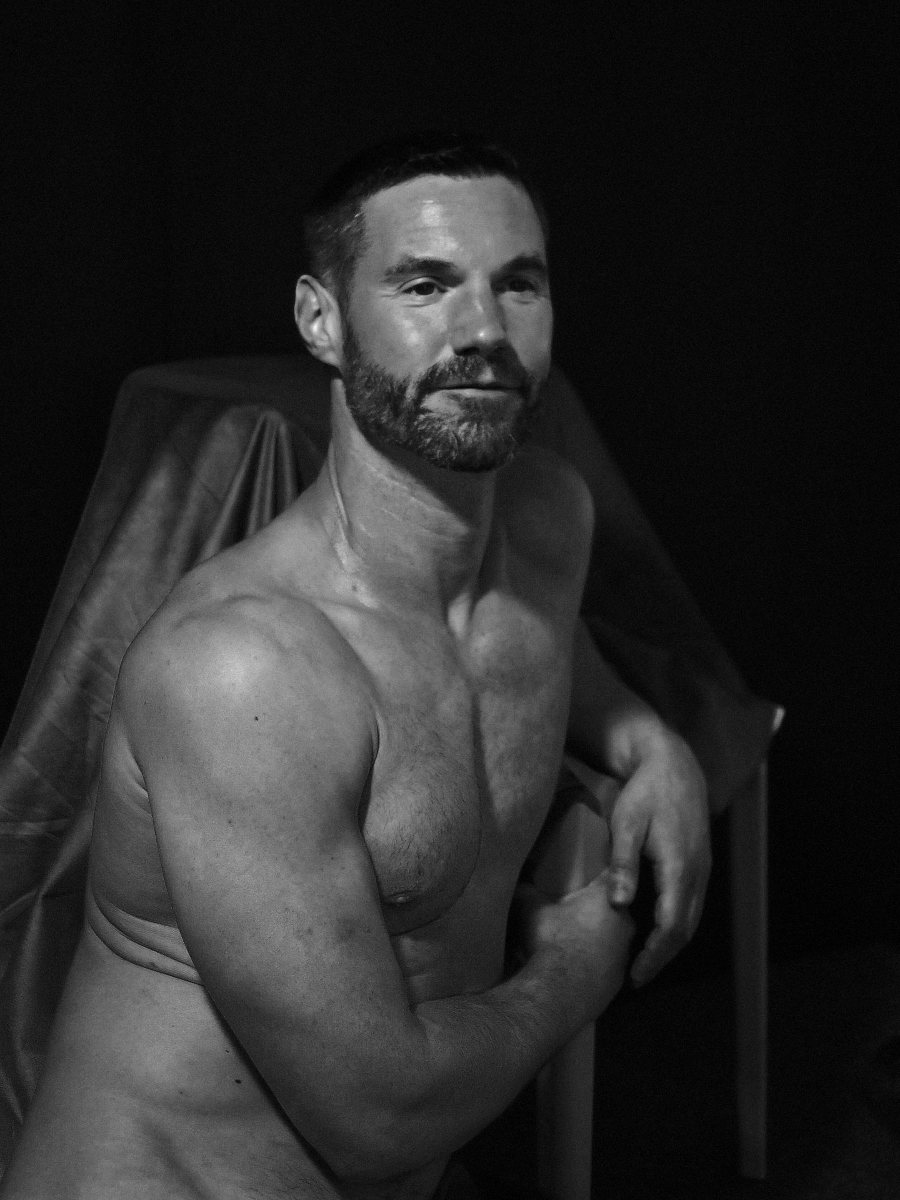
After a formal introduction, Quarantine Events give the art models a chance to speak to the participants on the first day of the week-long programmes, which often encourages a positive foundation for the week ahead. Throughout the week, the models further integrate with participants. All of this is integral to Quarantine’s approach:
“Any time we feel more comfortable in any position, in any space with other individuals, our anxiety levels go down, our comfort goes up, and our bravery increases.
Through our approach the models, participants and mentors all get to know each other – we are all part of one unit. There’s really no hierarchy at Quarantine. We’re all occupying the same areas. I think the confidence and trust built between all the different areas of quarantine does foster greater comfort and therefore, greater confidence.
Darren Green, co-founder of Quarantine Events
“At the end of the day, I love to see the mingling between models, participants, mentors. They’re mingling with the people who have been painting them all day. They’ve been posing, in many cases, nude in front of them all day. And there’s trust and confidence – because everyone’s behaved with respect. They even like to stay and be part of the social scene a bit with the evening activities!” says Darren.
A place of no judgement
“I really appreciate having this career.” Explains Sora, who has been modelling for eight years. “It’s a beautiful job to have – hard, but beautiful! It helps you to be more creative, to connect with your body and mind in so many ways. It helps you to understand how you are feeling in that moment.”
I’m a freak: I love to create characters or ideas with my poses, to bring stuff that you won’t usually find in a regular life session (like fake blood, for example). In other painting workshops, the models just pose for portraits or long poses. But at Quarantine, everyone’s creativity is welcome, and they allowed me to experiment as much as I wanted! Also, everyone there loves what they are doing, and this helps us as models to feel comfortable and secure about our work.
I can really say that I feel more creative and inspired every time that I come back home after one of their workshops, and grateful too.
Sora Fernández
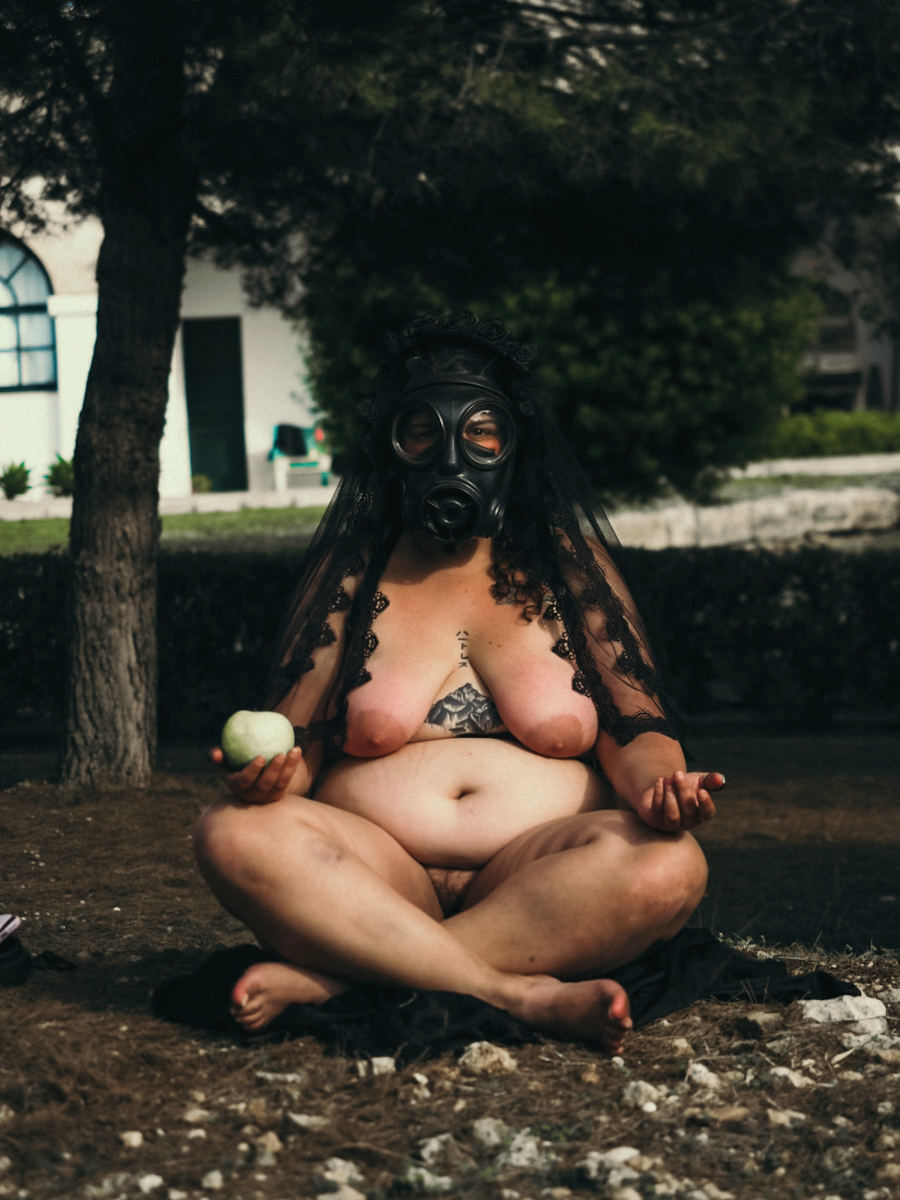
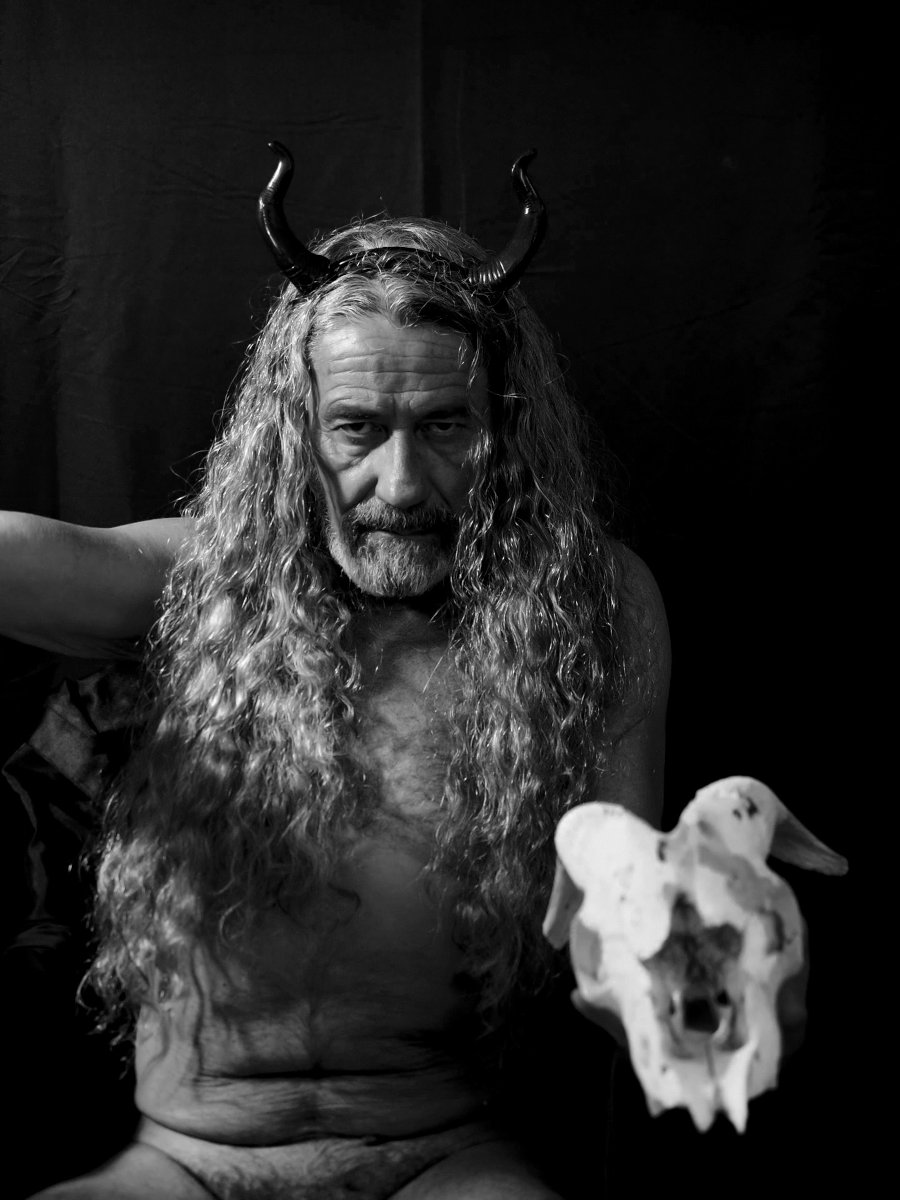
I asked if Hannah has felt changed at all by being at Quarantine. “Yes,” she smiles, “especially after the first time, I felt incredibly inspired and creatively recharged. I feel it has helped me develop my creativity and ingenuity within my art form, which is really what Quarantine helps the participants do.
“The activities we are asked to do really encourage us to dig into our own creativity and bring our own energy to the table, which is why no two editions are ever the same. You never know what to expect, in the best way possible.
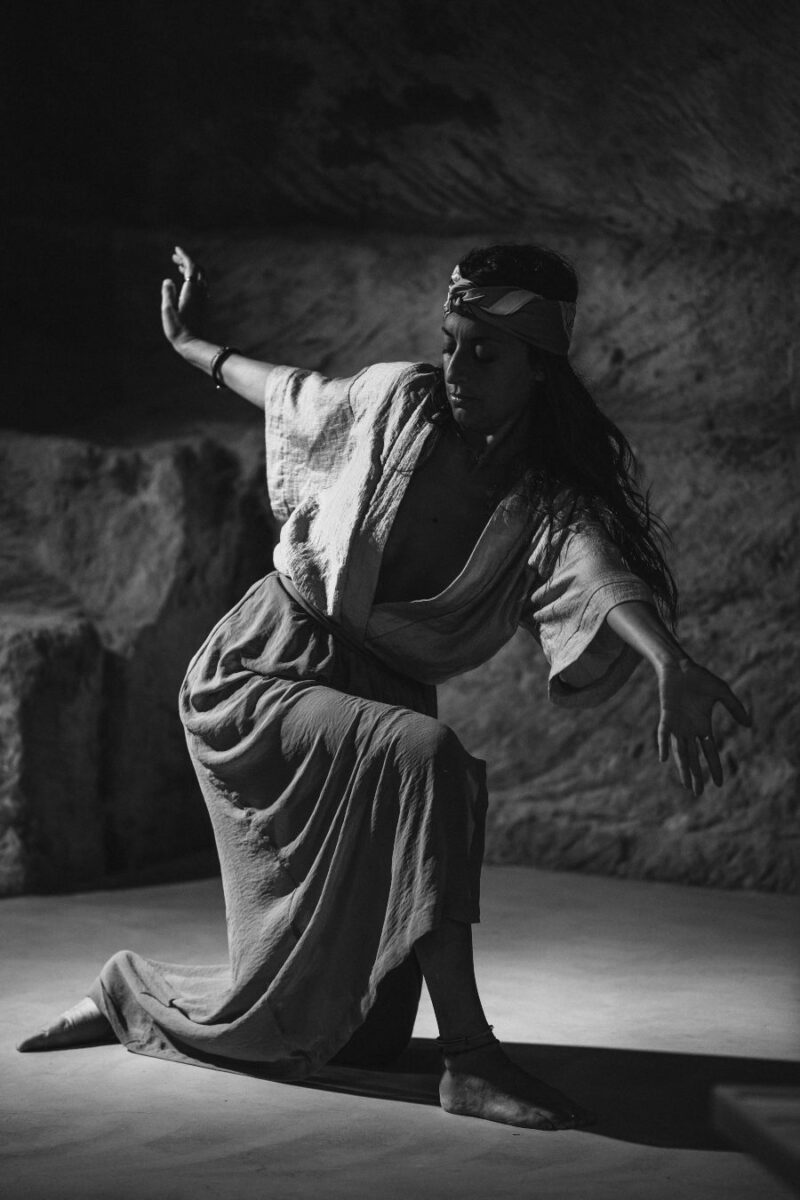
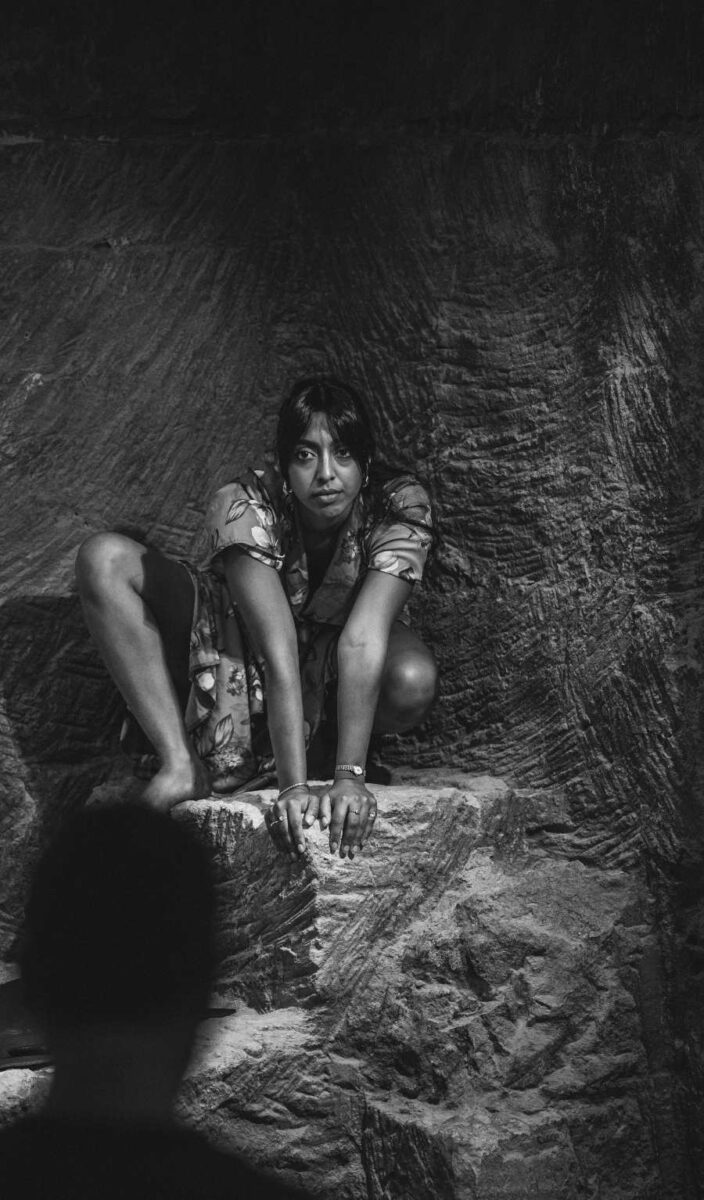
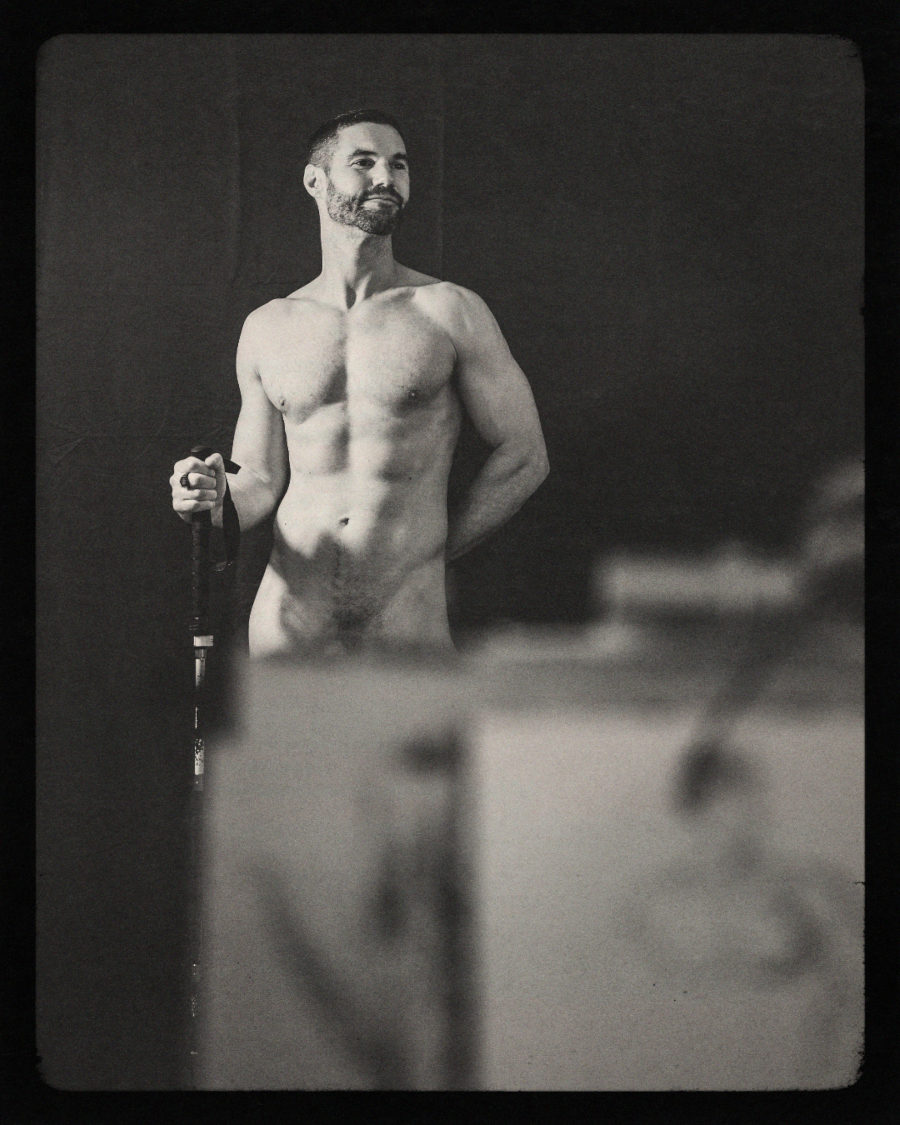
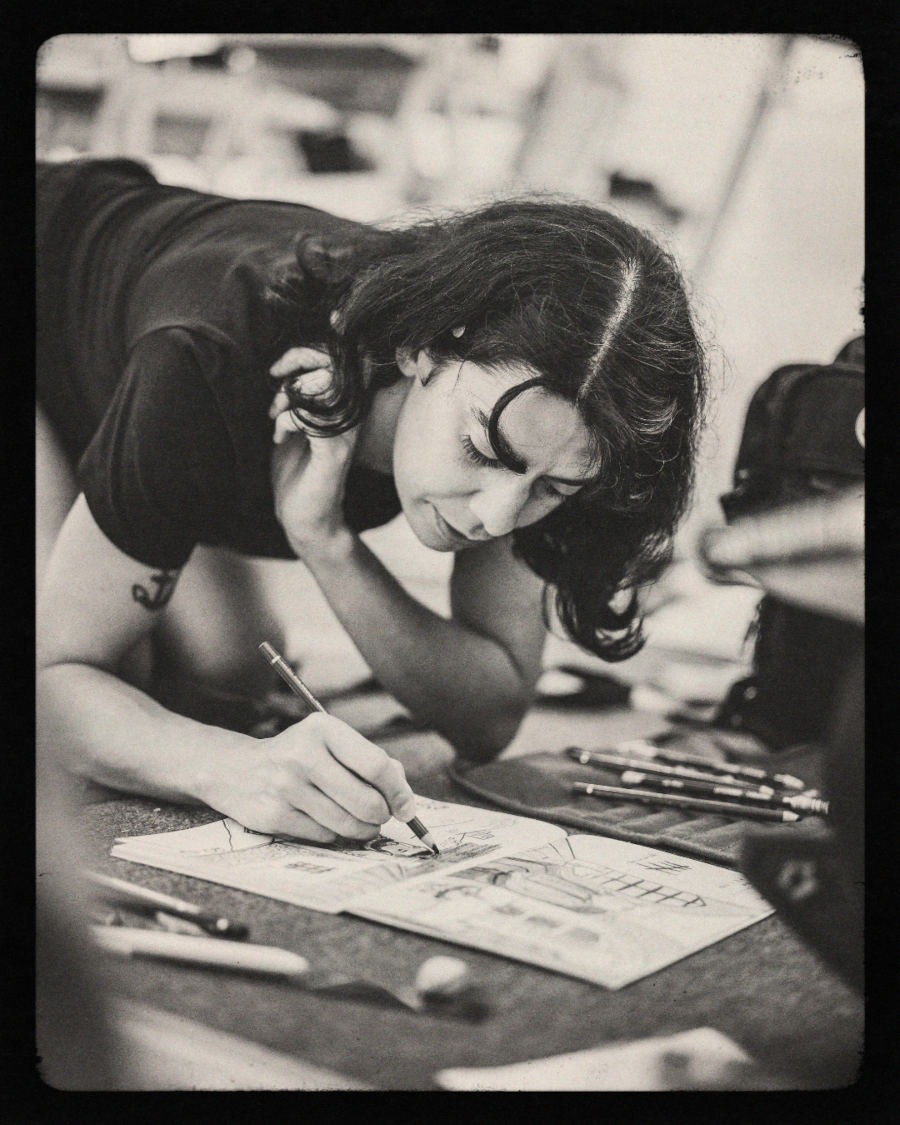
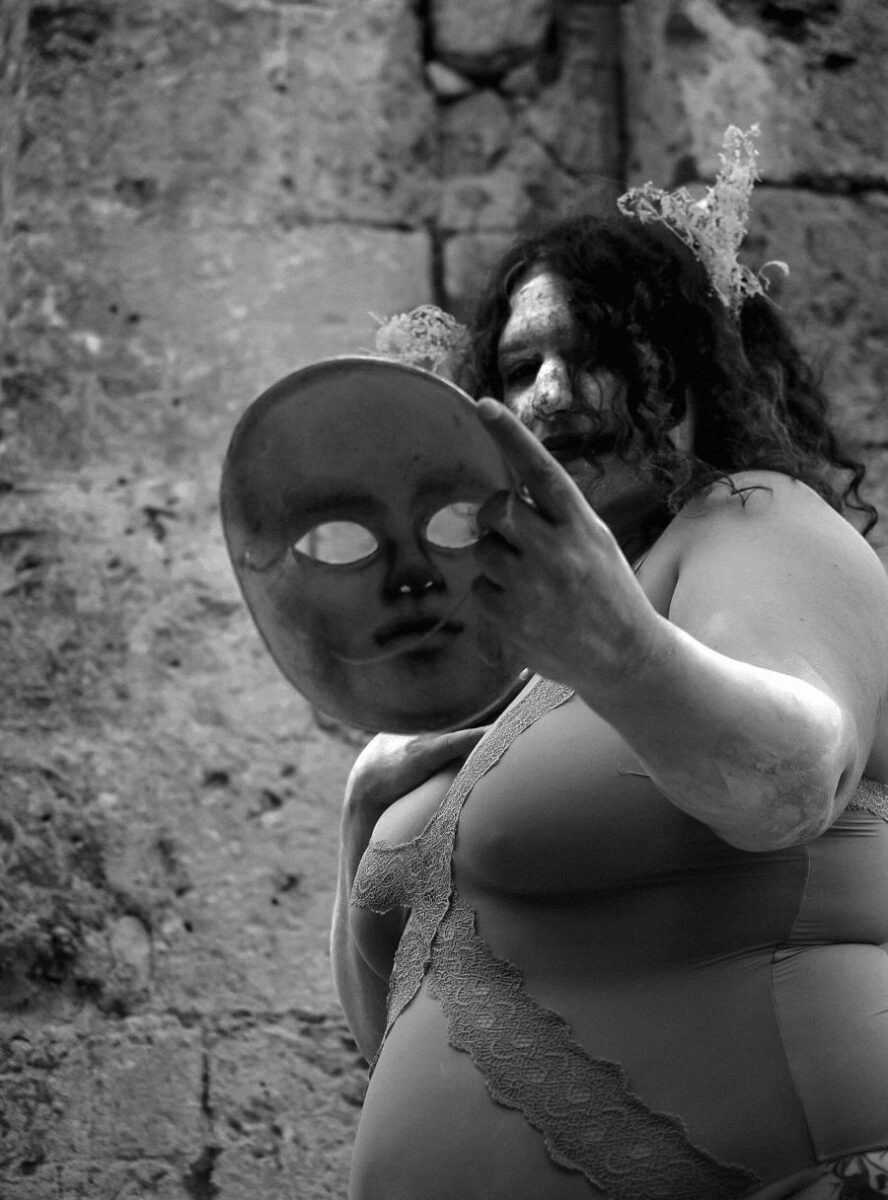
“At a workshop that follows the usual framework, participants learn how to paint or draw in an academic context from an artist whose style they appreciate. This has its merits of course and is also indispensable as a learning artist, in my opinion.”
What Quarantine does differently is that you are encouraged to develop ideas that stay with you long after you have flown home and help to overcome a creative block, or even just to continue in the creative flow that you tapped into while you were there. I feel it benefits the artists by helping them tap into their potential, rather than picking up a technical skill.
Hannah Jay, art model
Trust the Process
Learning more about the models’ insights into Quarantine has been a fascinating experience, and they echo what both past participants and mentors I’ve interviewed also state: as corny as it may sound, “you had to be there”.
With much of the programme purposely wrapped in secrecy, there will be things you cannot prepare for. But safety and support are always at the forefront of their experimental art events.
“Egos are not the main thing at a Quarantine event.” Sora explains. “You come to Quarantine to explore yourself as an artist, not to compete with others to be better recognised. You come here because you need to understand yourself in a different way as an artist, to improve, to connect with yourself.”
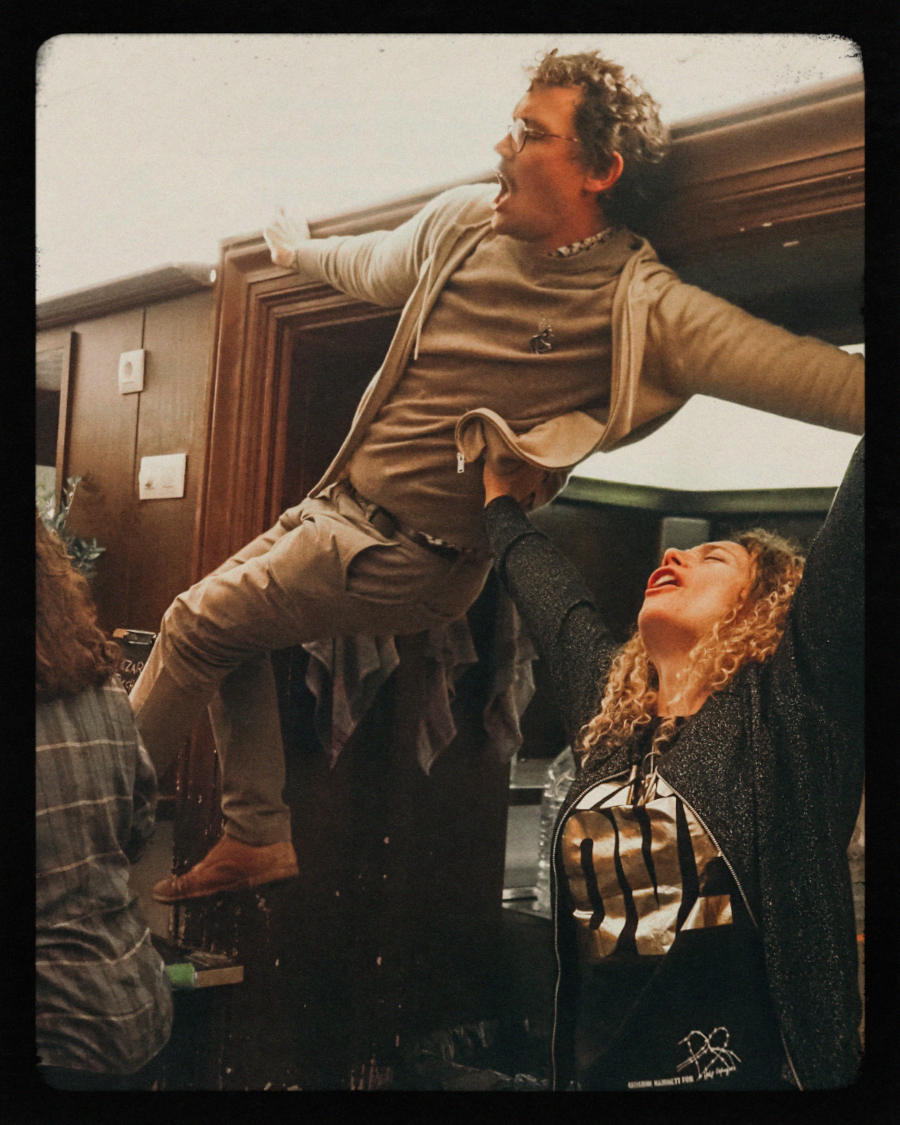
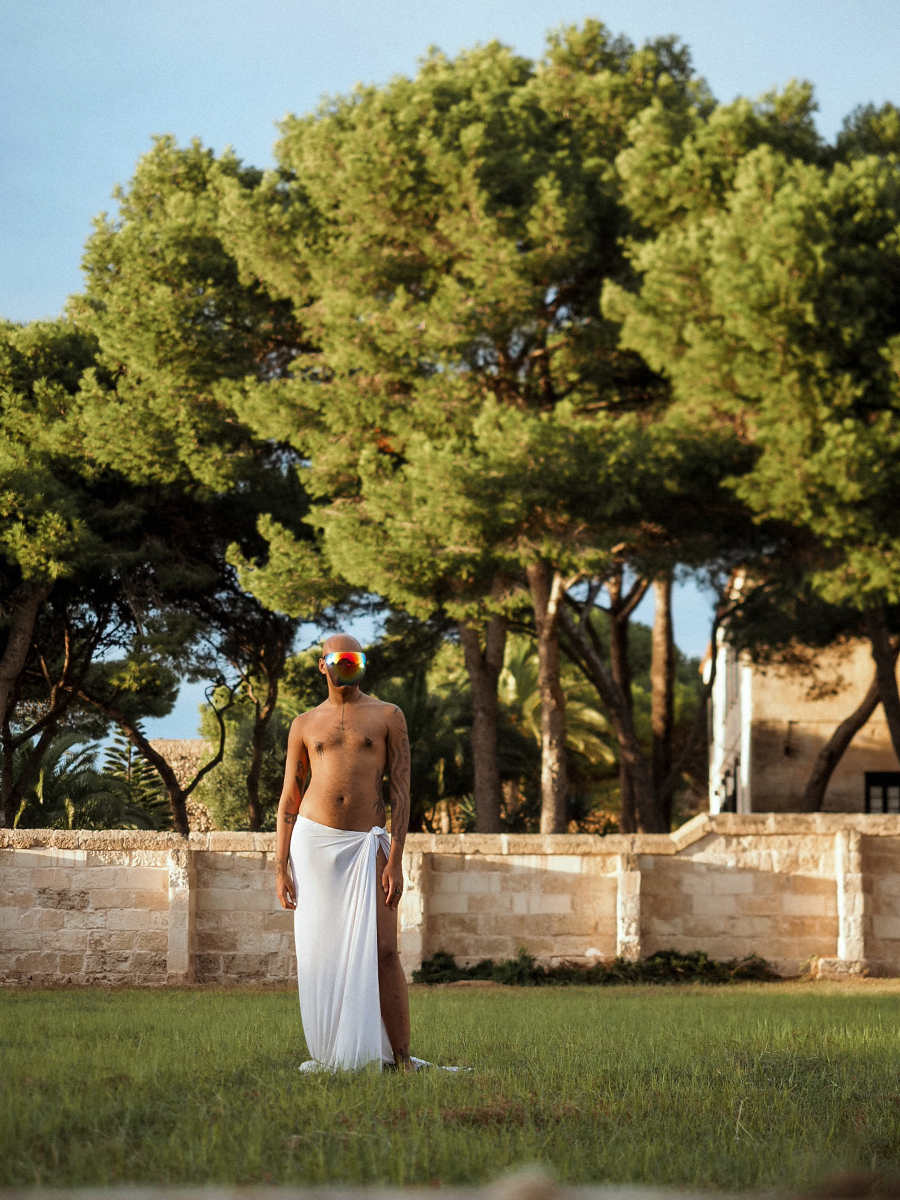
“It is rather astonishing how they have managed to curate such a unique experience that manages to impress each time I go.” Adds Hannah. “My best advice if you are thinking of attending is not to ask other people what their experience of it is, but just to trust the process and go into it with as little expectation as possible and knowing as little as possible. That is how you will gain the most from it.”
Quarantine is currently preparing for their October programme, Strange Heaven. Applications are now open. Learn more about Quarantine, and their impressive roster of models, in the links below.
Quarantine Social Media Accounts + additional blogs
Website | Instagram | Live Models’ Bios | The Art Spirit | Deep Dive into Quarantine Events


